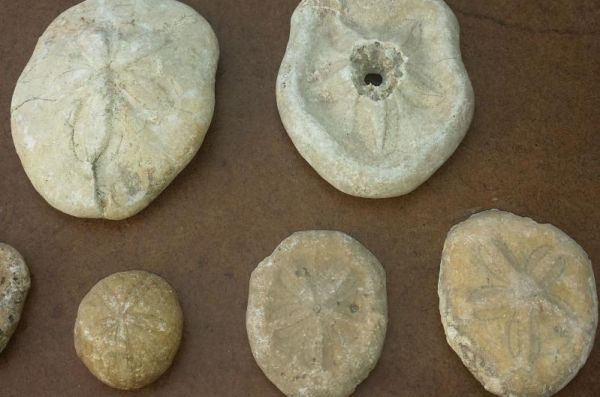
Cuba is one of the countries with the most prehistoric sea urchins on earth. The Museum of Natural Sciences of Sancti Spiritus and the Polyvalent Museum of La Sierpe treasure samples of these fossil specimens
More than 600 species of urchins that inhabited the island some 40 million years ago have been studied by Cuban paleontologists and experts. The genus Clypeaster, the most abundant in the island, is mostly found in Domo de Zaza and Jatibonico, central province of Sancti Spiritus.
Gilberto García Castro, a paleontologist from the local Museo de la Naturaleza y el Hombre (Museum of Nature and Man), told Escambray that the first findings of sea urchins on land in this province were reported in 1936 by researcher Laudelino Trelles Duelo, who discovered remains of Clypeaster near the town of Paredes. Later on, in 1940, Dr. Mario Sánchez Roig made similar discoveries in the area of Rolletico, in the municipality of Jatibonico, and in 1998, Gilberto himself found three new species of Clypeaster fossils in that same territory.
According to García Castro, this genus of sea urchin started living more than 35 million years ago and is still present in the sea.
The Museum of Natural Sciences of Sancti Spiritus and the Polyvalent Museum of La Sierpe treasure a significant sample of these fossil specimens, although the largest collection of Clypeaster is owned by Gilberto.
 Escambray ENGLISH EDITION
Escambray ENGLISH EDITION





Escambray reserves the right to publish comments.